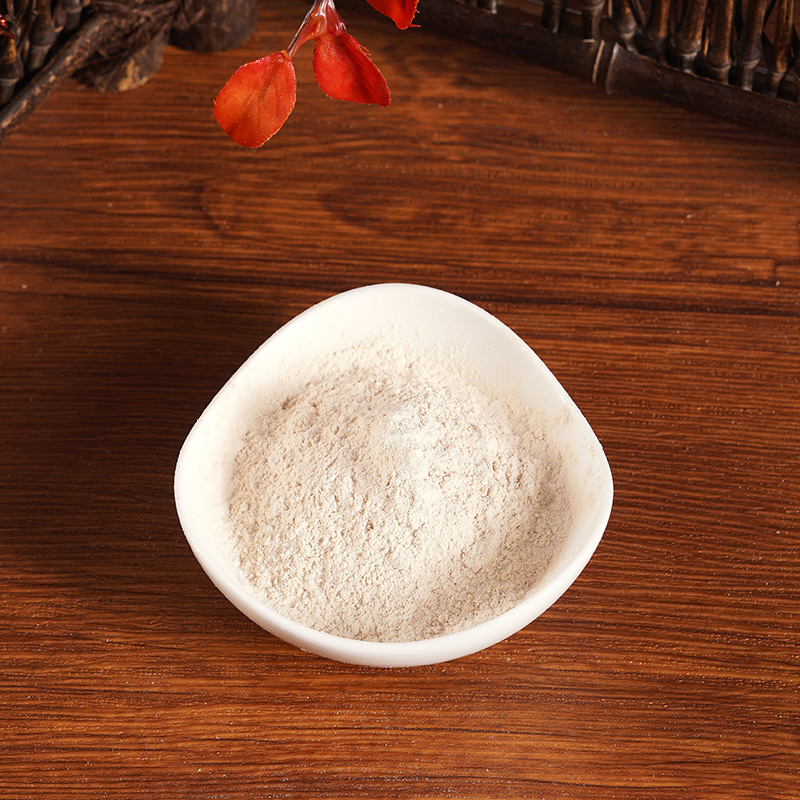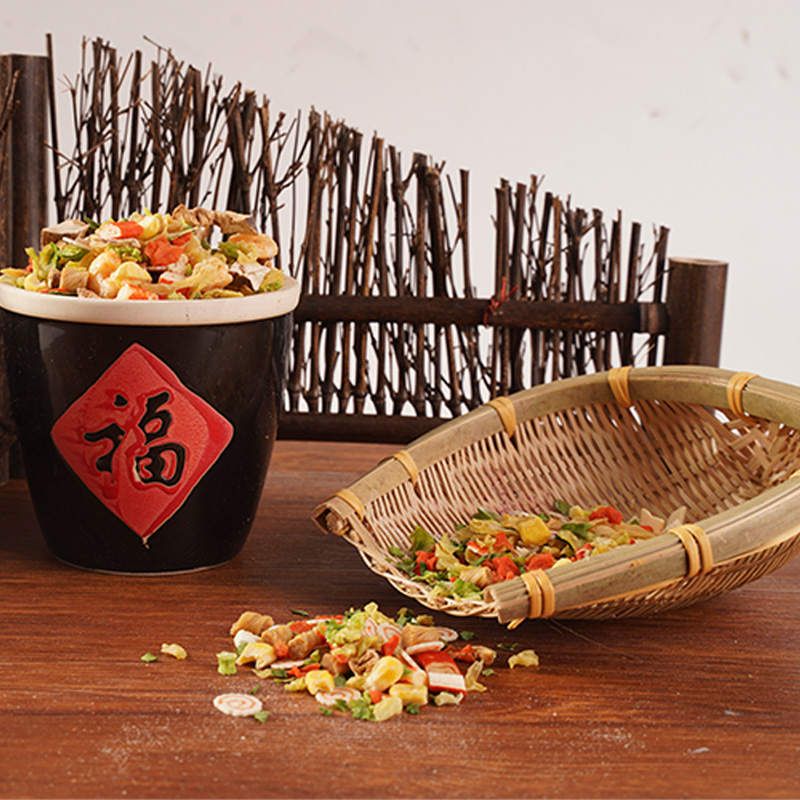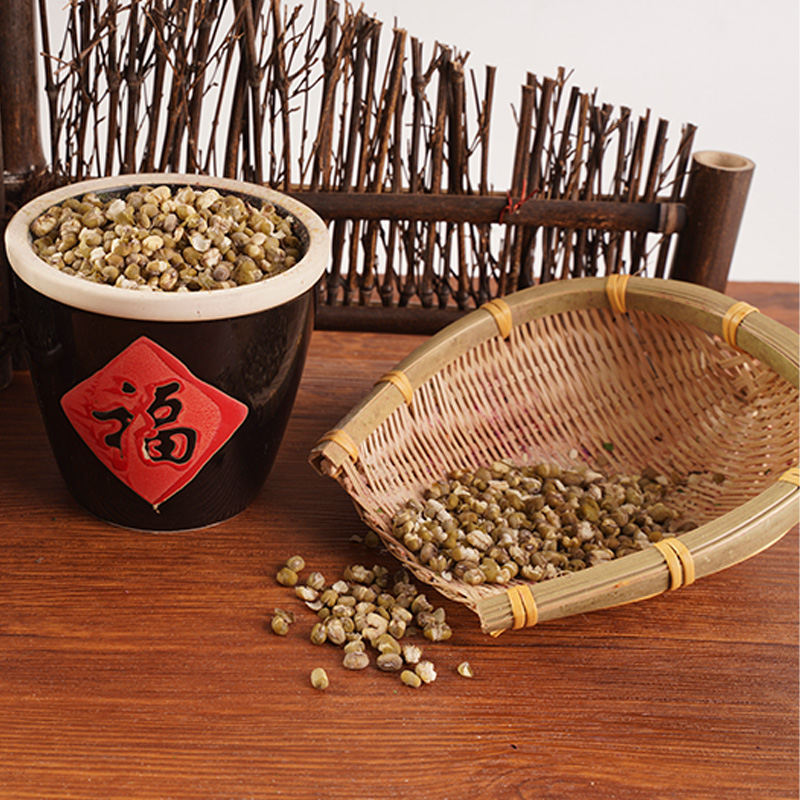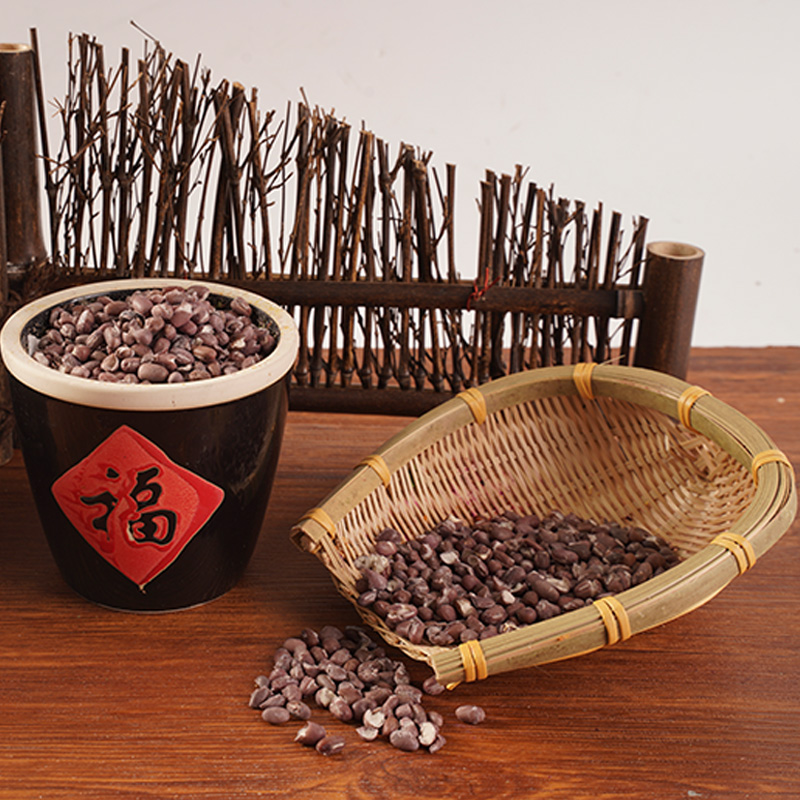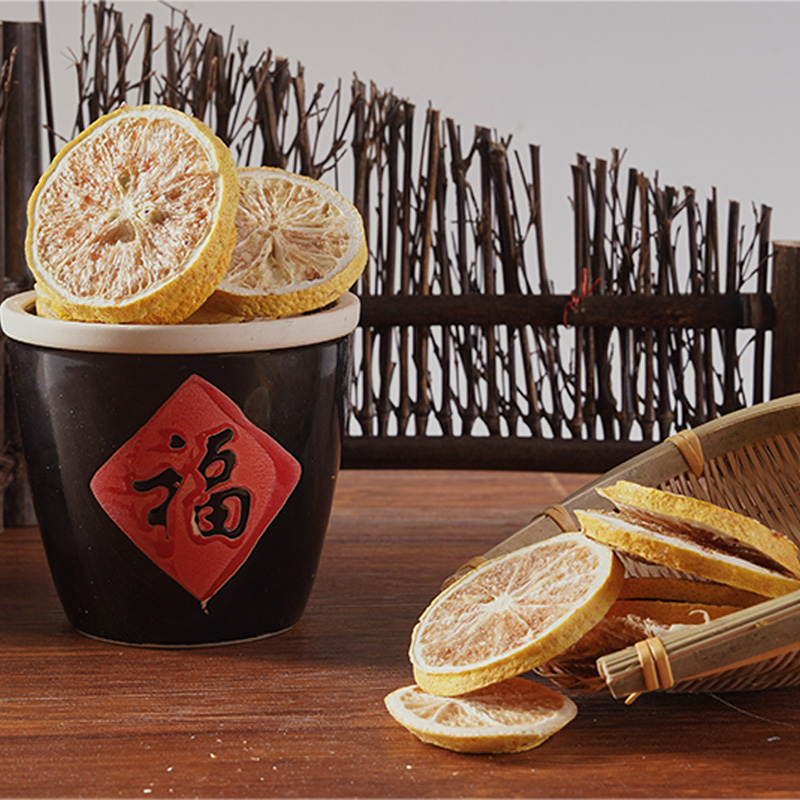What Unique Recipes Use Dehydrated Vegetables Best?
Dehydrated vegetables have gained attention in modern culinary practices for their versatility and long shelf life.
Concept of Dehydrated Vegetables
Dehydrated vegetables are produced by removing moisture through processes such as air-drying, freeze-drying, or solar drying. This preservation method inhibits microbial growth, extending shelf life while concentrating flavors. Dehydrated vegetables are commonly used in food industries and home cooking due to their lightweight nature and ease of storage. They retain most of their nutritional value, including fiber and minerals, though some heat-sensitive vitamins like vitamin C may be reduced during processing.
Types of Dehydrated Vegetables
Dehydrated vegetables are available in various forms, depending on the drying method and vegetable variety. Common types include air-dried vegetables (e.g., carrots, onions, and bell peppers), which are often chopped or powdered, and freeze-dried vegetables (e.g., peas, spinach, and mushrooms), which preserve more of the original texture and color. Powdered forms, such as dehydrated tomato or beet powder, are used for seasoning or coloring in recipes. Each type suits different culinary applications based on rehydration requirements and flavor intensity.
Applications in Unique Recipes
Dehydrated vegetables can be incorporated into innovative dishes that highlight their concentrated flavors and convenience. Here are some examples of unique recipes:
-
Vegetable-Based Spice Blends: Combine powdered dehydrated vegetables like carrots, celery, and onions with herbs to create homemade seasoning mixes for rubs or soups.
-
Backpacking Meals: Use dehydrated potatoes, peas, and corn in lightweight, rehydratable stews or pasta dishes for outdoor activities, where fresh vegetables are impractical.
-
Baked Goods: Add rehydrated spinach or zucchini to breads or muffins for moisture and nutrient enhancement without altering texture significantly.
-
Sauces and Dips: Blend dehydrated tomatoes or peppers into pastes for instant sauces, such as a quick pizza sauce or dip base, by mixing with water or oil.
These applications demonstrate how dehydrated vegetables can be used creatively to simplify cooking while maintaining nutritional benefits.
Comparison with Other Vegetable Forms
Dehydrated vegetables offer distinct advantages and limitations compared to fresh, frozen, or canned varieties.
-
Nutritional Content: Dehydrated vegetables generally retain minerals and fiber but may have lower levels of water-soluble vitamins than fresh or frozen options. Fresh vegetables provide higher vitamin C, while frozen vegetables often preserve nutrients better due to rapid processing.
-
Convenience and Storage: Dehydrated vegetables have a longer shelf life (up to years when stored properly) and require less space, making them ideal for emergency supplies or travel. Fresh vegetables need refrigeration and have shorter usability periods.
-
Flavor and Texture: Dehydrated vegetables exhibit concentrated flavors, which can enhance dishes like soups, but they may require rehydration to avoid a chewy texture. Fresh vegetables offer crispness, while canned varieties often contain added sodium or preservatives.
-
Cost-Effectiveness: Dehydrated vegetables can be more economical in the long term due to reduced waste, though initial purchase prices may vary based on the drying method.
Frequently Asked Questions (FAQ)
-
How do dehydrated vegetables compare nutritionally to fresh ones?
Dehydrated vegetables maintain most minerals and fiber, but heat-sensitive nutrients like vitamin C can degrade during drying. They are a practical alternative when fresh produce is unavailable. -
What is the best way to rehydrate dehydrated vegetables?
Soak them in warm water for 10-30 minutes, or add directly to liquid-based dishes like soups and stews during cooking to allow gradual rehydration. -
Can dehydrated vegetables be used in raw dishes?
Yes, but they are typically rehydrated first to improve texture. Powdered forms can be sprinkled on salads or used in dressings without rehydration. -
Are dehydrated vegetables suitable for special diets?
They are often used in gluten-free, vegan, or low-sodium diets, as they are naturally free from additives if processed without preservatives. Always check labels for specific dietary needs. -
How should dehydrated vegetables be stored?
Keep them in airtight containers in a cool, dark place to prevent moisture absorption and maintain quality. Proper storage can extend shelf life significantly.
Dehydrated vegetables provide a practical solution for diverse culinary needs, from everyday meals to specialized recipes. By understanding their properties and applications, individuals can leverage these ingredients to create efficient, nutritious, and innovative dishes. Further exploration into recipe development can uncover additional ways to maximize their potential in modern cooking.
News Category
- Company News(1)
- Industry News(68)



 English
English русский
русский 日本語
日本語 한국어
한국어 中文简体
中文简体






